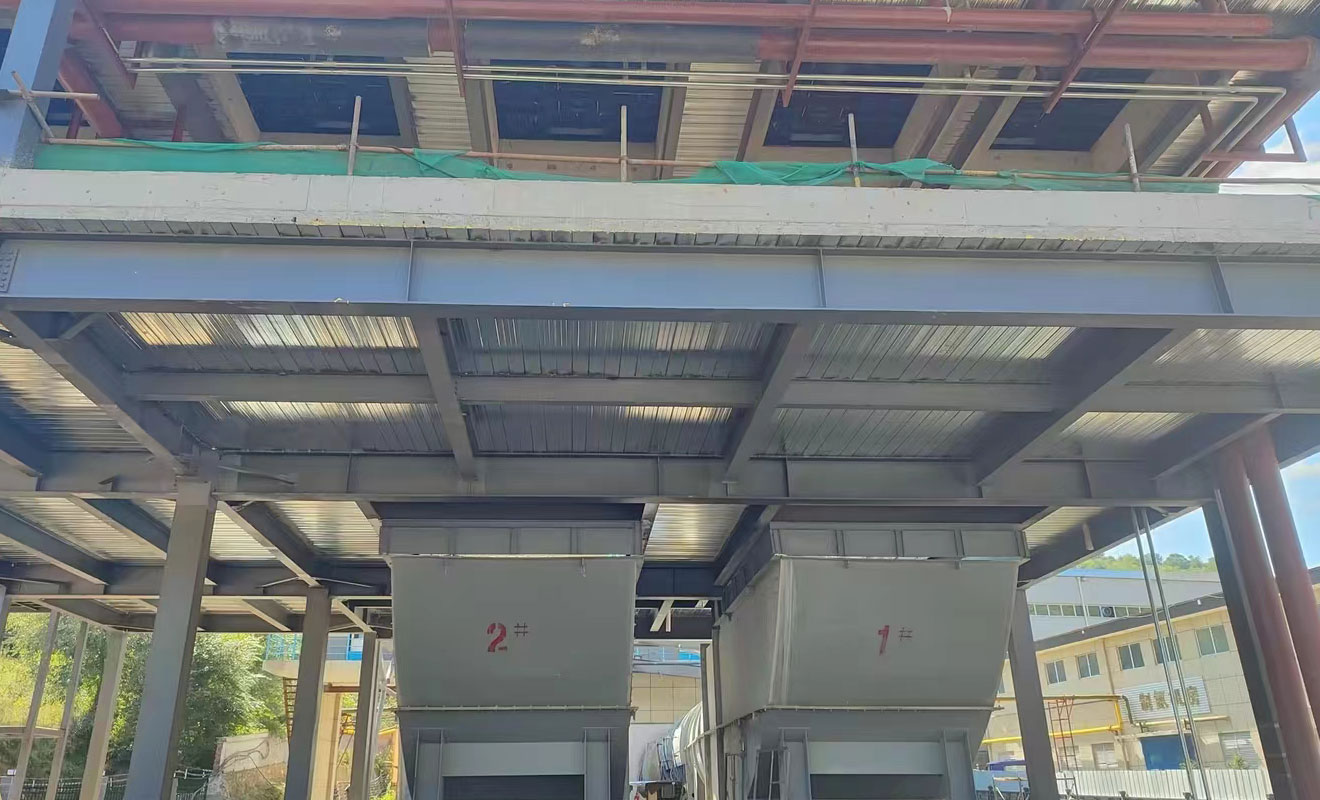Ventilation systems are a key component in many industrial and commercial environments, used to maintain indoor air quality and temperature. In the ventilation system, local ventilation fans play a crucial role in effectively controlling the air quality in local areas, protecting employees' health, preventing pollutant diffusion, and improving work efficiency.
The key role of local ventilation fans
Pollutant control: Local ventilation fans are used to control pollutants in local areas, such as harmful gases, dust, smoke, etc., to prevent them from spreading to the entire workplace. This is crucial for maintaining the health and safety of employees.
Heat load control: In high-temperature environments, local ventilation fans can effectively reduce the heat load in local areas and provide a more comfortable working environment.
Energy efficiency improvement: Local ventilation fans can provide targeted ventilation to avoid unnecessary ventilation of the entire building, thereby saving energy and improving the energy efficiency of the ventilation system.
Ventilation system layout

Suction ventilation system: The suction ventilation system uses a local fan to extract air from the local area and exhaust it outdoors through exhaust ducts. This method is suitable for emission points of harmful gases or pollutants, such as chemical laboratories, welding workstations, etc.
Ventilation system: The ventilation system uses a local fan to introduce fresh air into the local area and exhaust exhaust gases. This method is suitable for places that need to maintain fresh air, such as food processing factories, washing workshops, etc.
Local ventilation hood: A local ventilation hood is a device that covers the work area and can capture and remove pollutants. It is suitable for places that need to control dust, smoke, and gases, such as woodworking workshops, welding workshops, etc.
Local fume hood: A local fume hood is a sealed workbench or work area equipped with ventilation equipment that can effectively capture and treat pollutants. It is suitable for places that require high cleanliness, such as biological laboratories, hospital operating rooms, etc.
Choosing a suitable local ventilation fan is crucial, and the following are some key selection points:
Air flow rate: Select the air flow rate of the local ventilation fan based on the amount and type of pollutants generated in the local area. Ensure that it is strong enough to effectively capture pollutants.
Filtering system: Select a local ventilation fan with an appropriate filtering system to ensure that the discharged air meets environmental standards.
Noise level: Consider the noise level of local ventilation fans, especially in places that require a quiet working environment.
Energy efficiency: Select local ventilation fans with high energy efficiency to reduce energy consumption and operating costs.
To ensure the long-term and efficient operation of the local ventilation system, regular maintenance and management are required.
Regular cleaning: Regularly clean the fans, filters, and exhaust ducts of local ventilation fans to ensure ventilation efficiency.
Regular inspection: Regularly inspect the operation status of local ventilation fans, including motors, transmission systems, and controllers, and promptly identify and repair faults.
Train operators: Ensure that operators receive necessary training on how to correctly use and maintain local ventilation systems.
Local ventilation fans play an important role in industrial and commercial environments, effectively controlling pollutants, improving air quality, reducing heat load, and improving energy efficiency. Choosing the appropriate layout of the local ventilation system, local ventilation fans, and regular maintenance management are key to ensuring the normal operation of the system and the health and safety of employees. I hope these key points can help various industries better understand and apply local ventilation technology, making contributions to improving the working environment and protecting health.







Comment